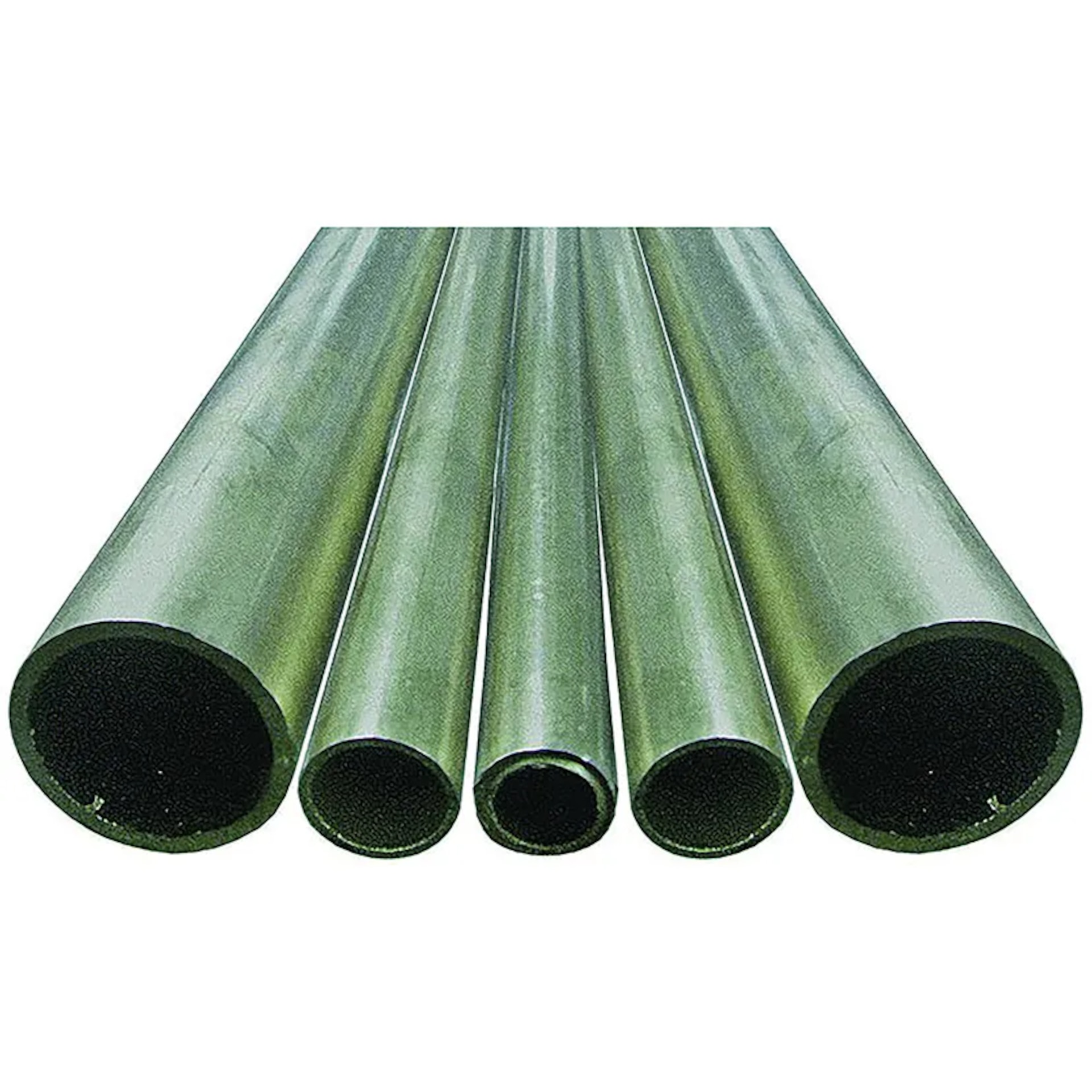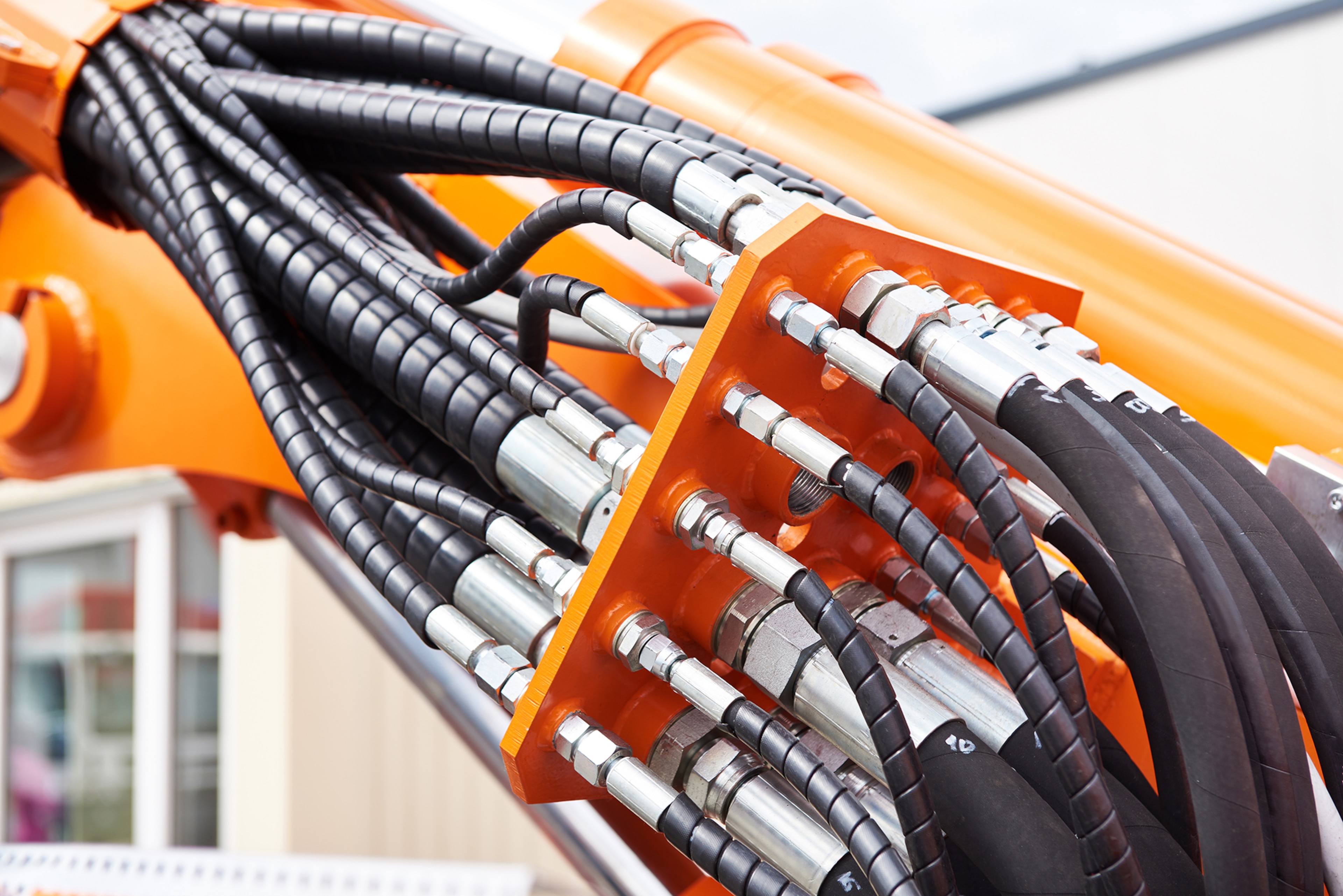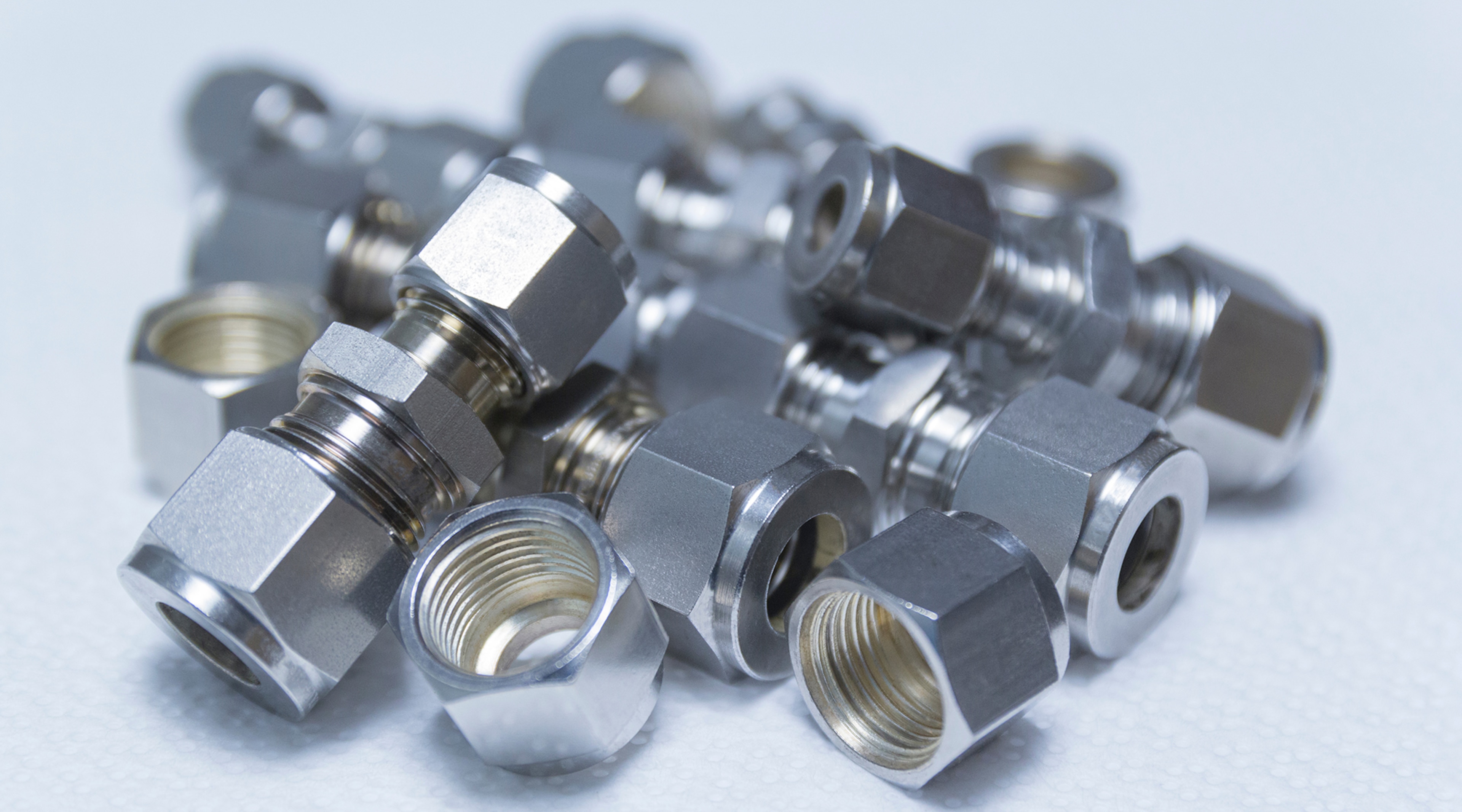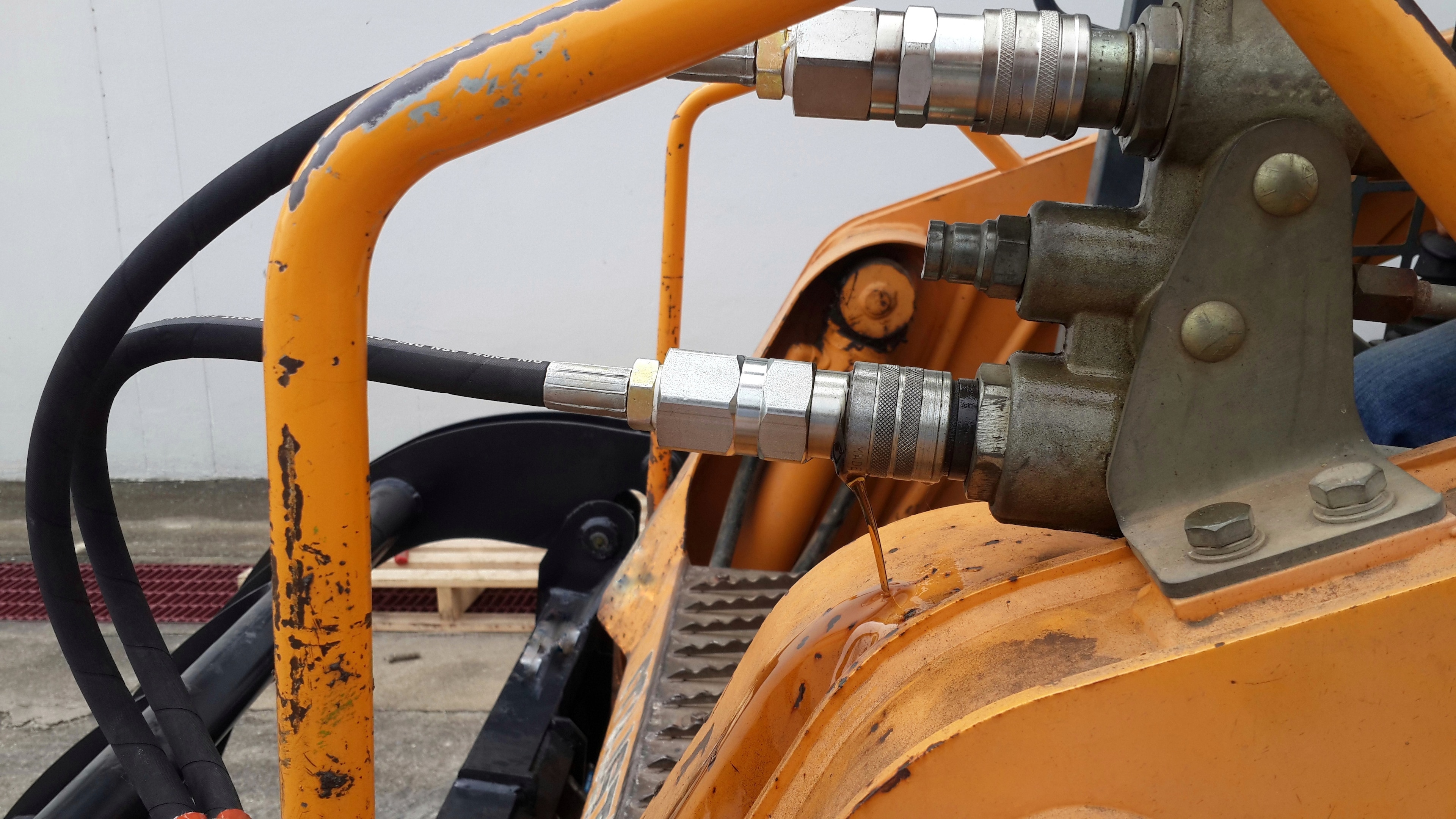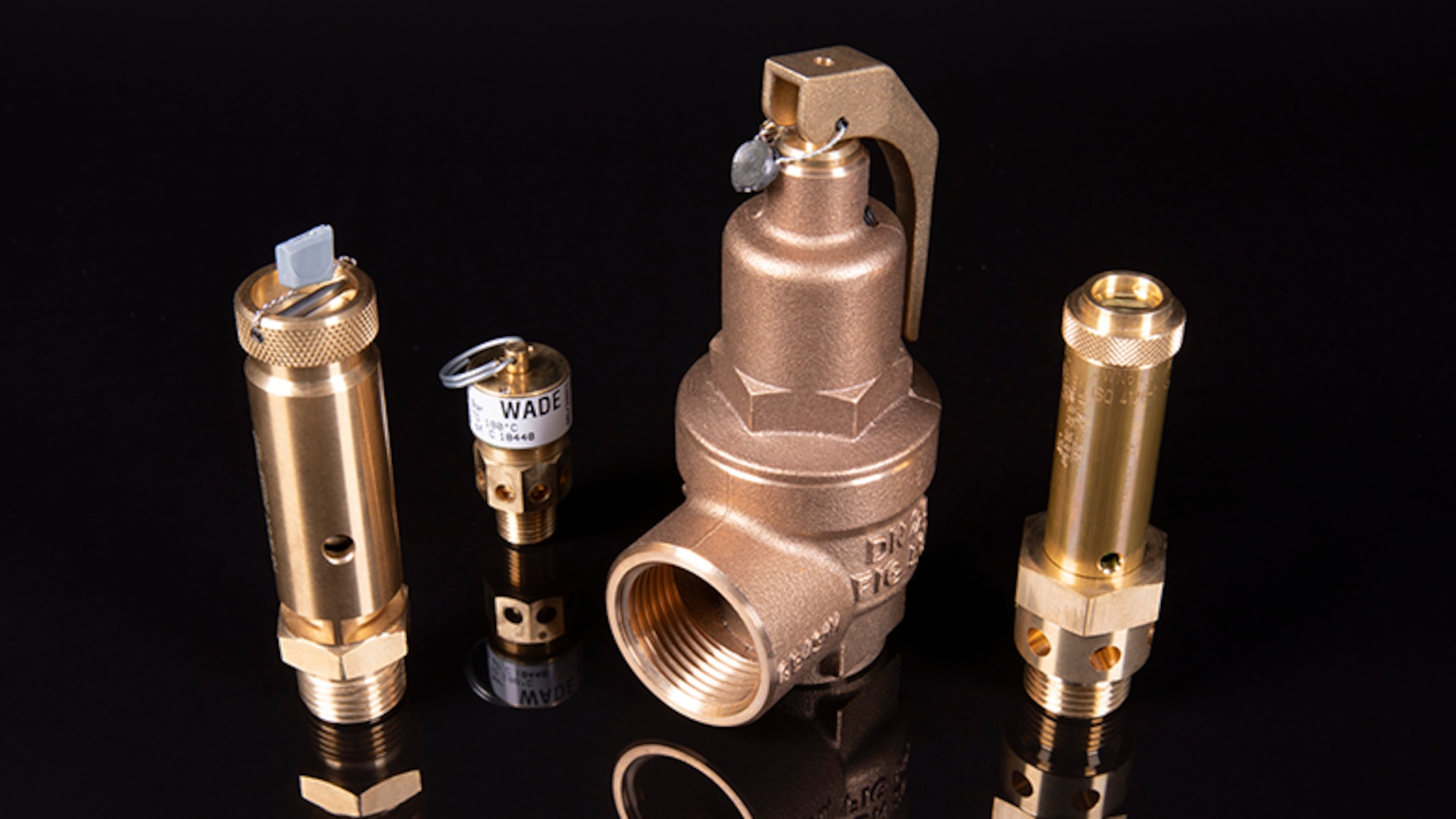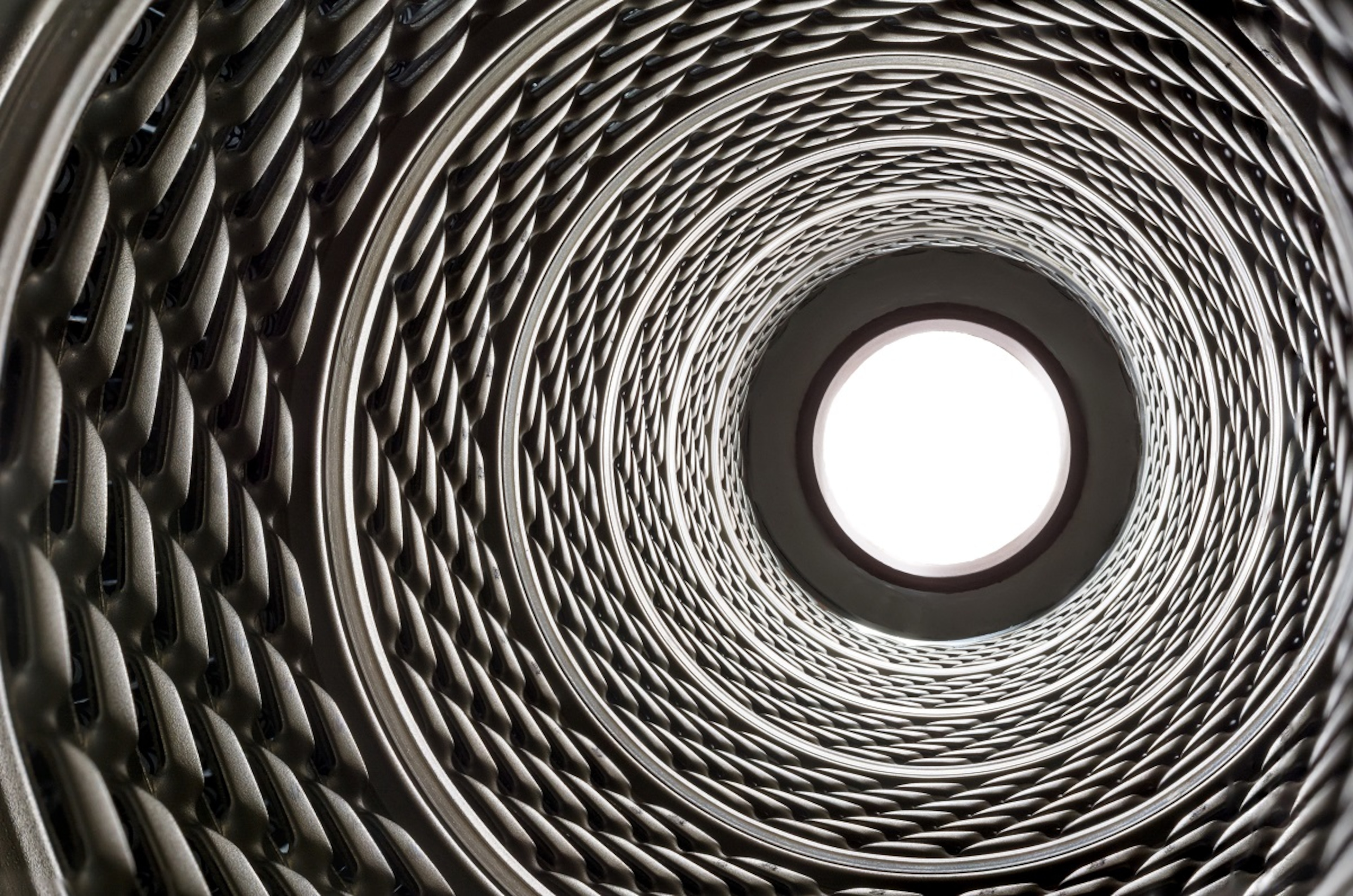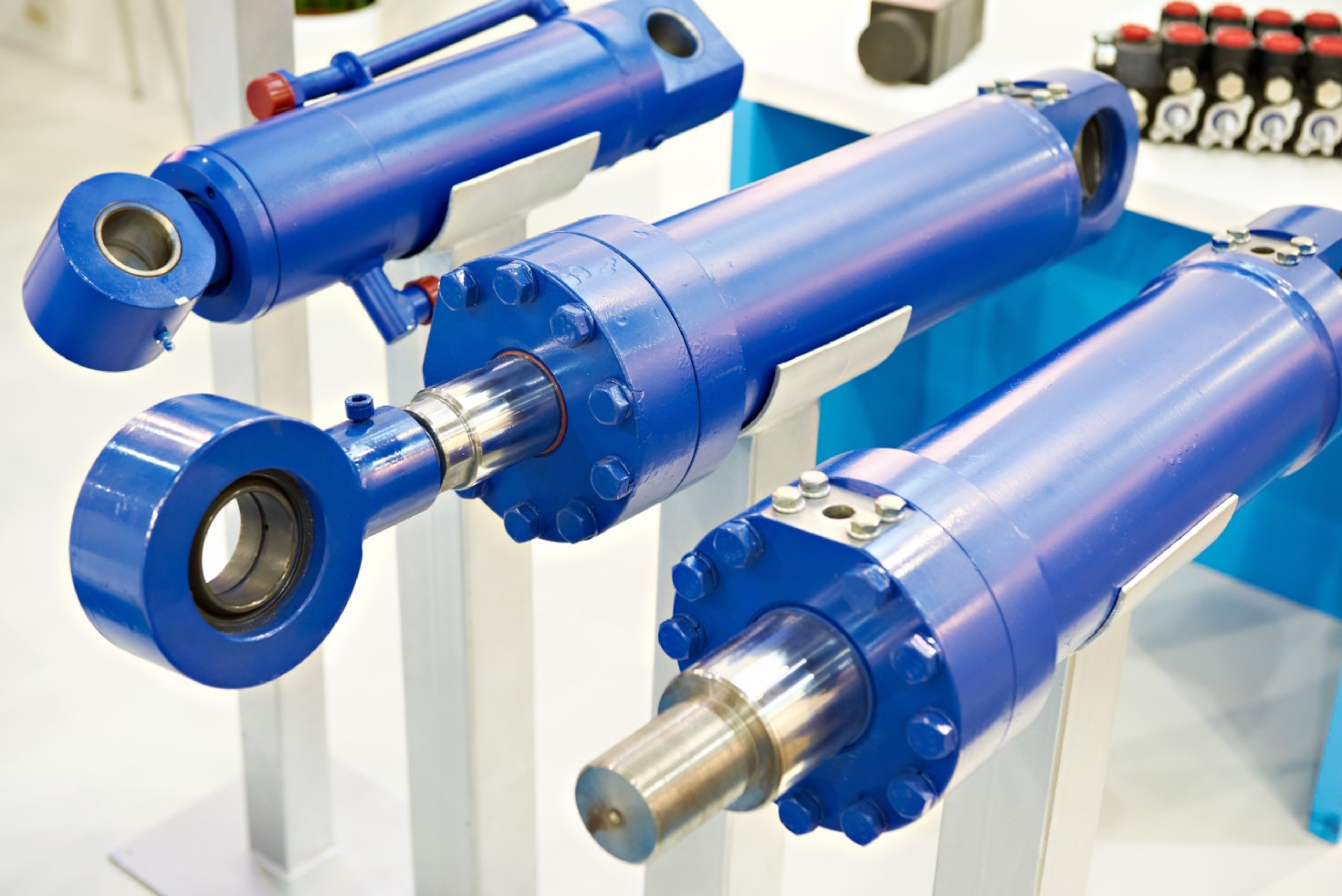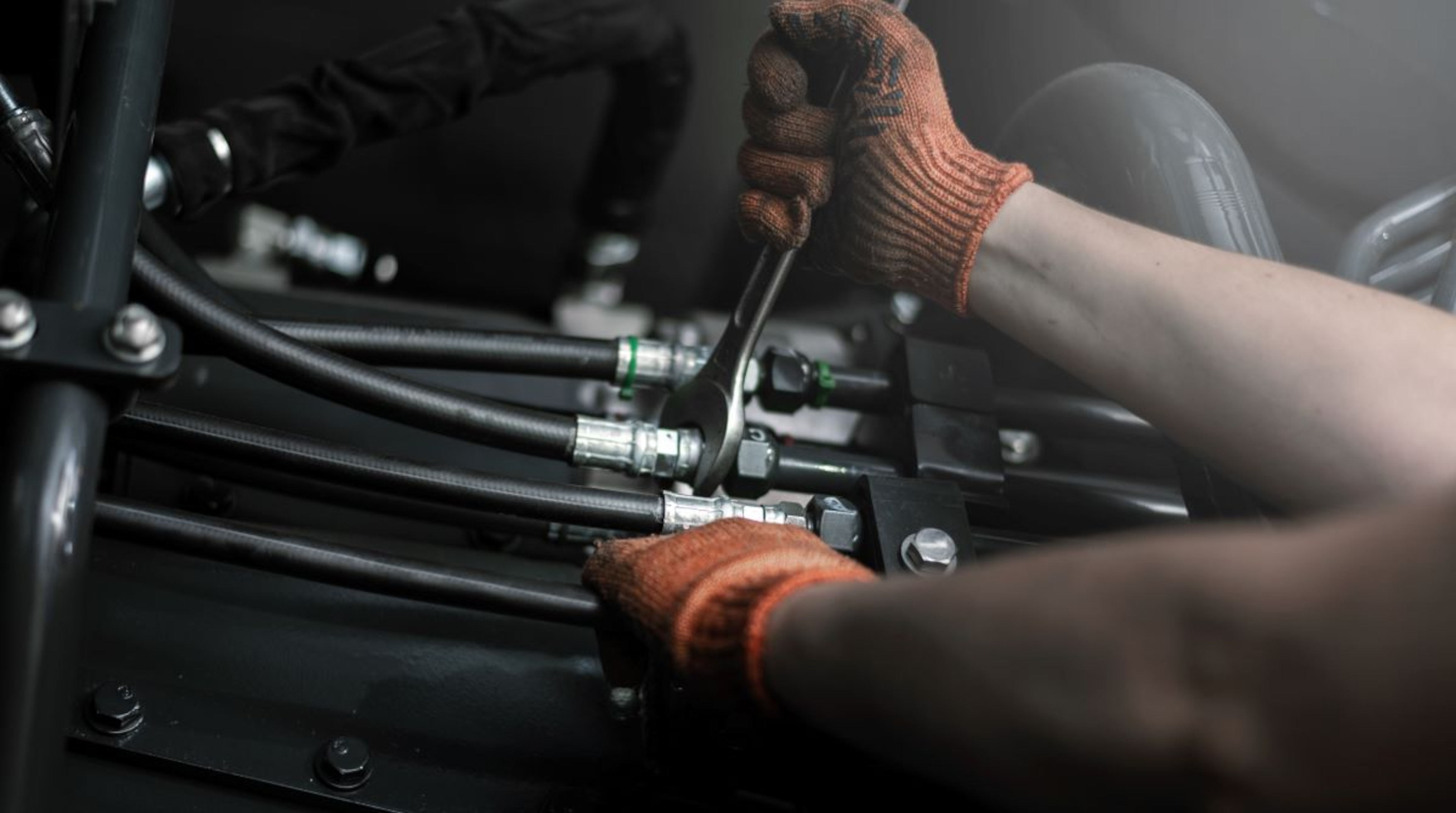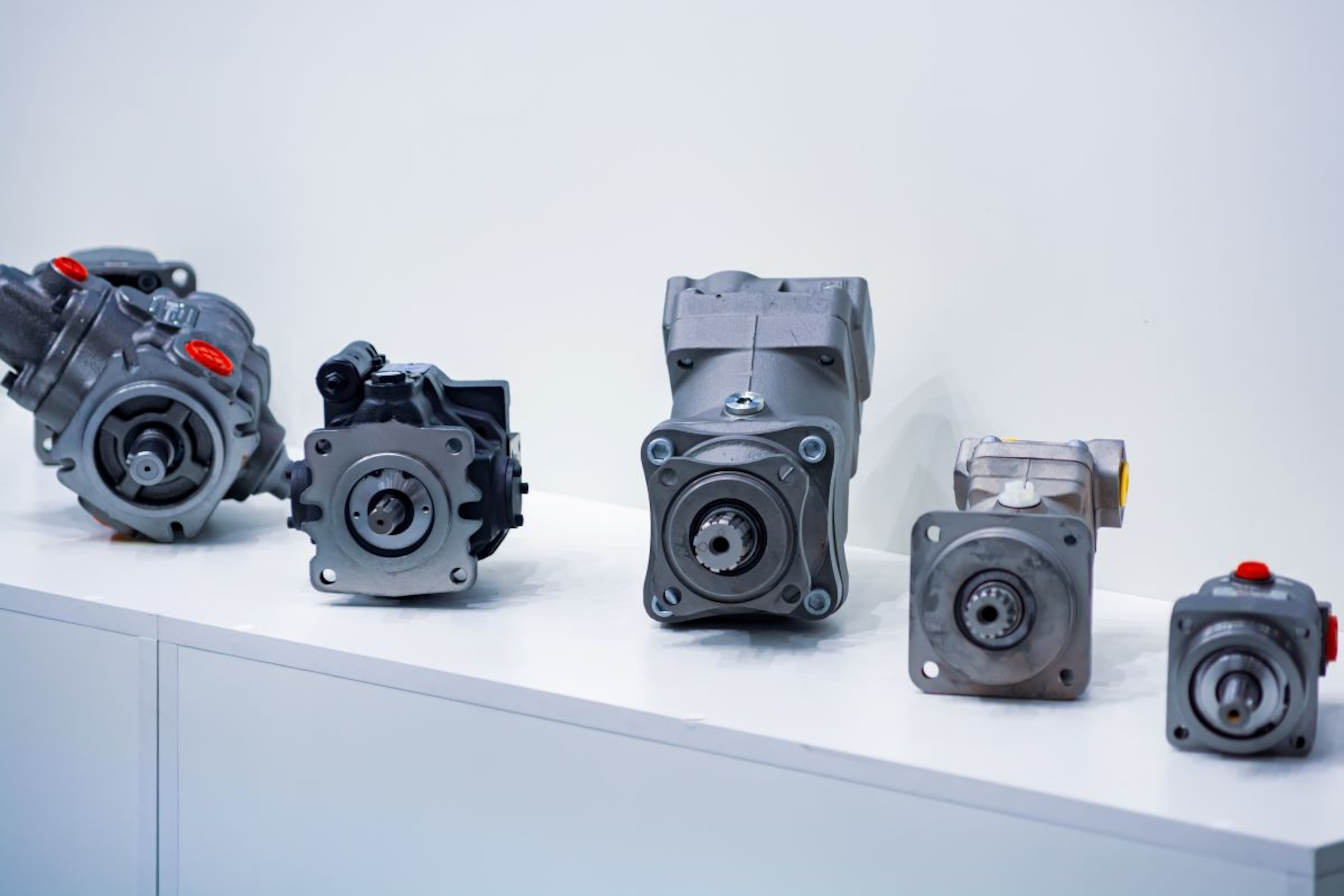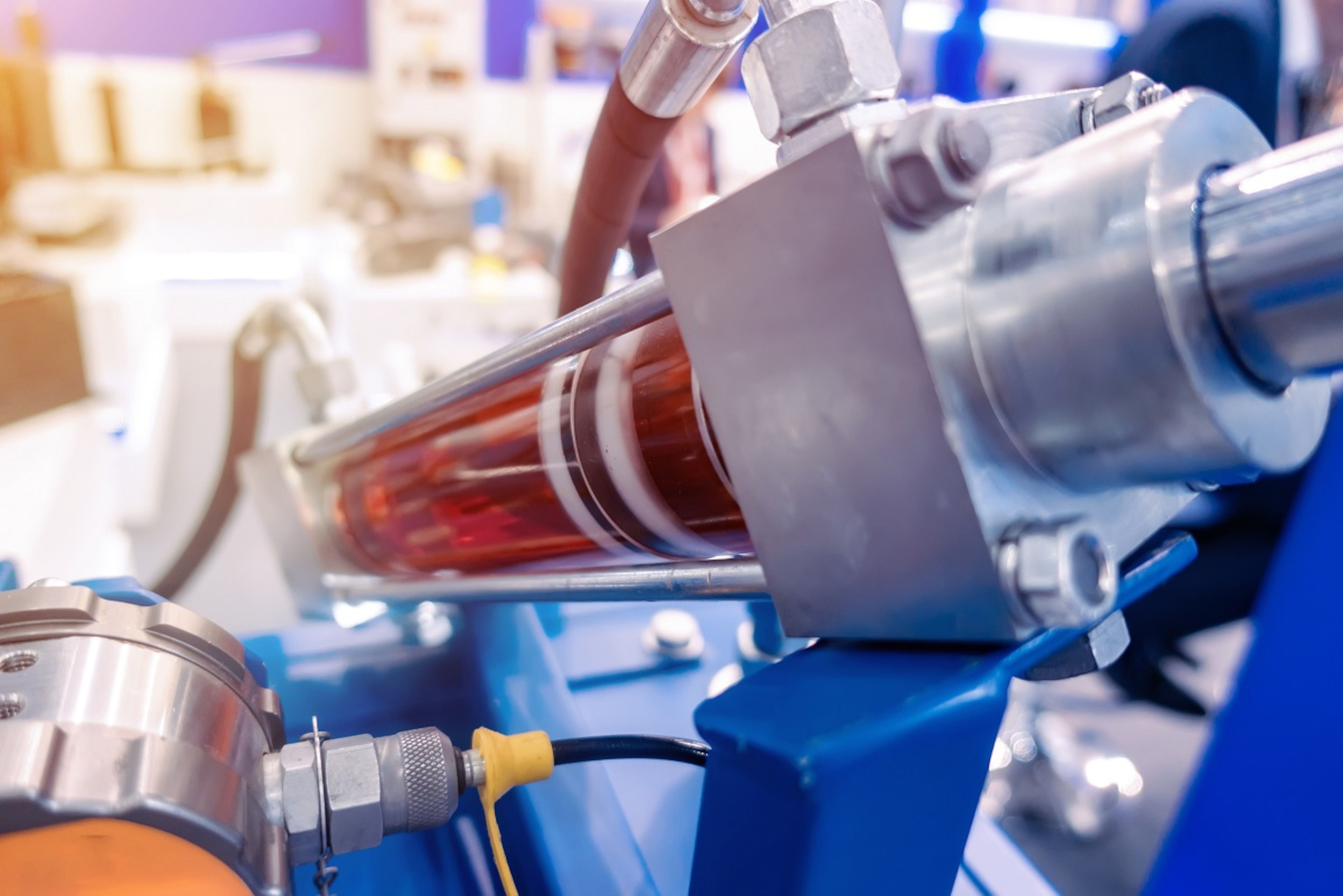
A Guide to Hydraulic Systems

Flowtech
In this article, we will provide an insight into hydraulic systems and the mechanics behind them, uncovering how they work and what they are used for.
Hydraulics are around us everywhere. From cars and planes that transport us from A to B, to elevators and heavy-duty machinery lifting large loads, hydraulic applications are used to power the many mechanics we encounter in everyday life.
No matter the scale or application of a hydraulic system, they essentially enable us to carry out large, power-heavy tasks with minimal effort.
When it comes to building a complete hydraulic system or choosing the right components, it’s important to know the basics behind what is needed to make them efficient for the application at hand.
The purpose of this guide is to explain the mechanics of hydraulic systems to provide an insight into how they work, and what they are used for.
What is a hydraulic system?
Before diving into hydraulic systems, let’s first explore what is meant by hydraulics. Essentially, hydraulics is a mechanical function that allows machines to transmit a considerable amount of force from one place to another through liquid pressure. Simply put, pressurised fluid makes machinery work.
With a combination of mechanics, electronics and software engineering, hydraulic systems are designed to generate precise, linear or rotational force through, to be used in a variety of applications.
Hydraulic systems are comprised of many different components which are used to transfer the energy within the circuit and are typically used in applications where a high power density or force is required.
Hydraulic systems can be as simple as a log splitter which comprises a pump, engine, cylinder and valve. More complex systems used in industrial applications, for example, may require multiple components to generate the required output.
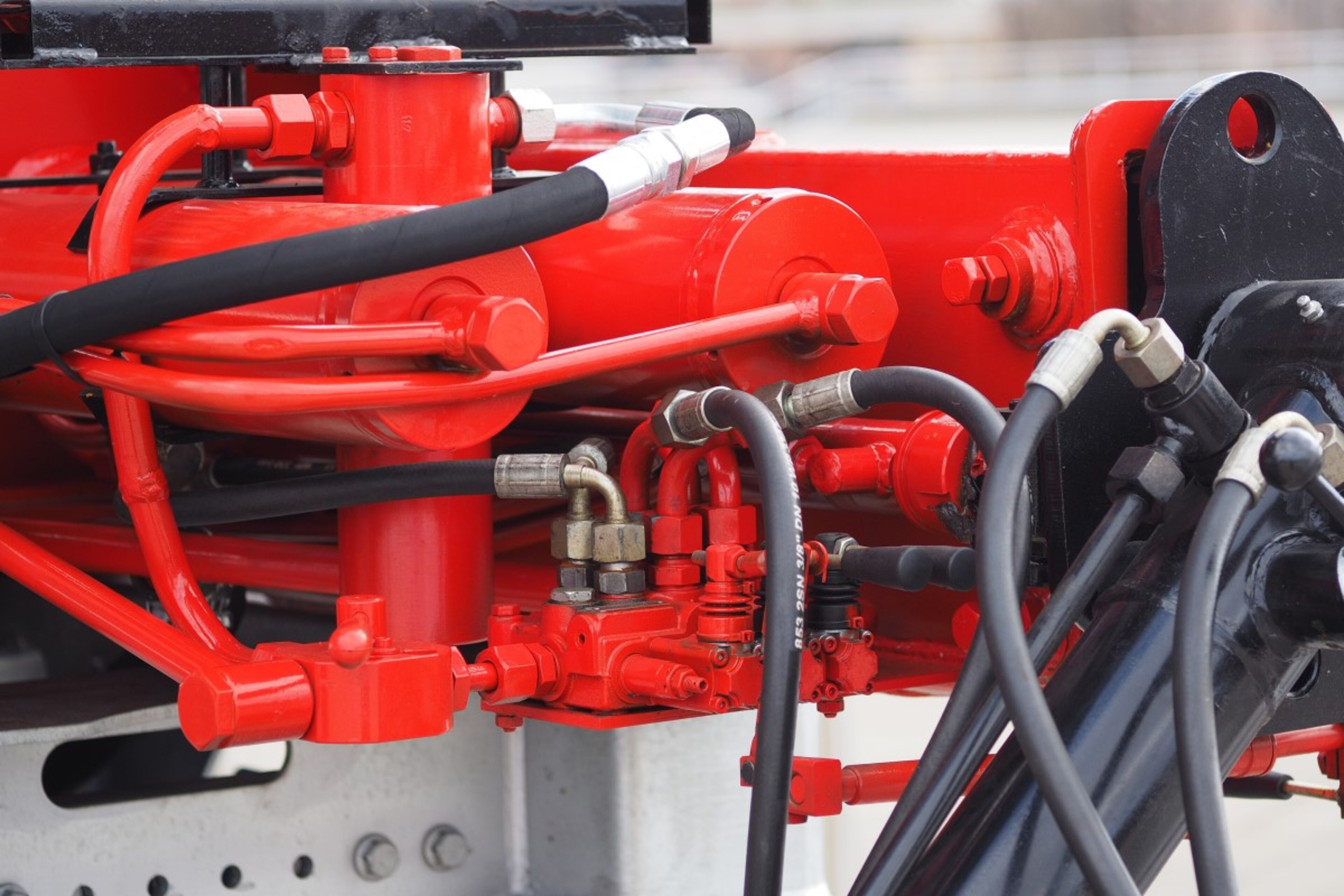
How does a hydraulic system work?
There are many different types of hydraulic systems, but they all operate using the same basic principles. Controlled pressure is applied to the fluid in order to generate a considerable amount of force to power the action that machinery needs to perform significant tasks – such as lifting, pushing, or closing.
For example, hydraulics used in a vehicles braking system comes into force when pressure is applied to the brake pedal, which in turn will add pressure to the fluid inside the brake lines. As the fluid is pressurised, this force will transfer onto the vehicle brake’s cylinder causing it to grind to a halt.
The primary components of a hydraulic system
There are many different components within a hydraulic system that make this process happen.
- Fluid – the type of fluid used will vary from system to system, but they are typically petroleum-based or mineral-based oils.
- Reservoir – this may also be known as an oil tank and is used to hold the hydraulic fluid.
- Pump – there are three different types of hydraulic pumps (fixed displacement, variable, and manual) which are used to pressurise the hydraulic fluid and force it through the system.
- Motor – the electric motor is a source of electric power that converts hydraulic pressure into torque/rotation to operate the pump.
- Cylinder – the hydraulic cylinder/actuator can be single acting or double acting and converts the stored energy in the fluid into mechanical energy to move the cylinder in a linear direction.
- Valves – hydraulic valves are used to start, stop and direct the fluid flow within a hydraulic system.
When correctly combined, all of these components make up a hydraulic system that provides power, safety, control and reliability to machinery to operate efficiently, generating the required power output.
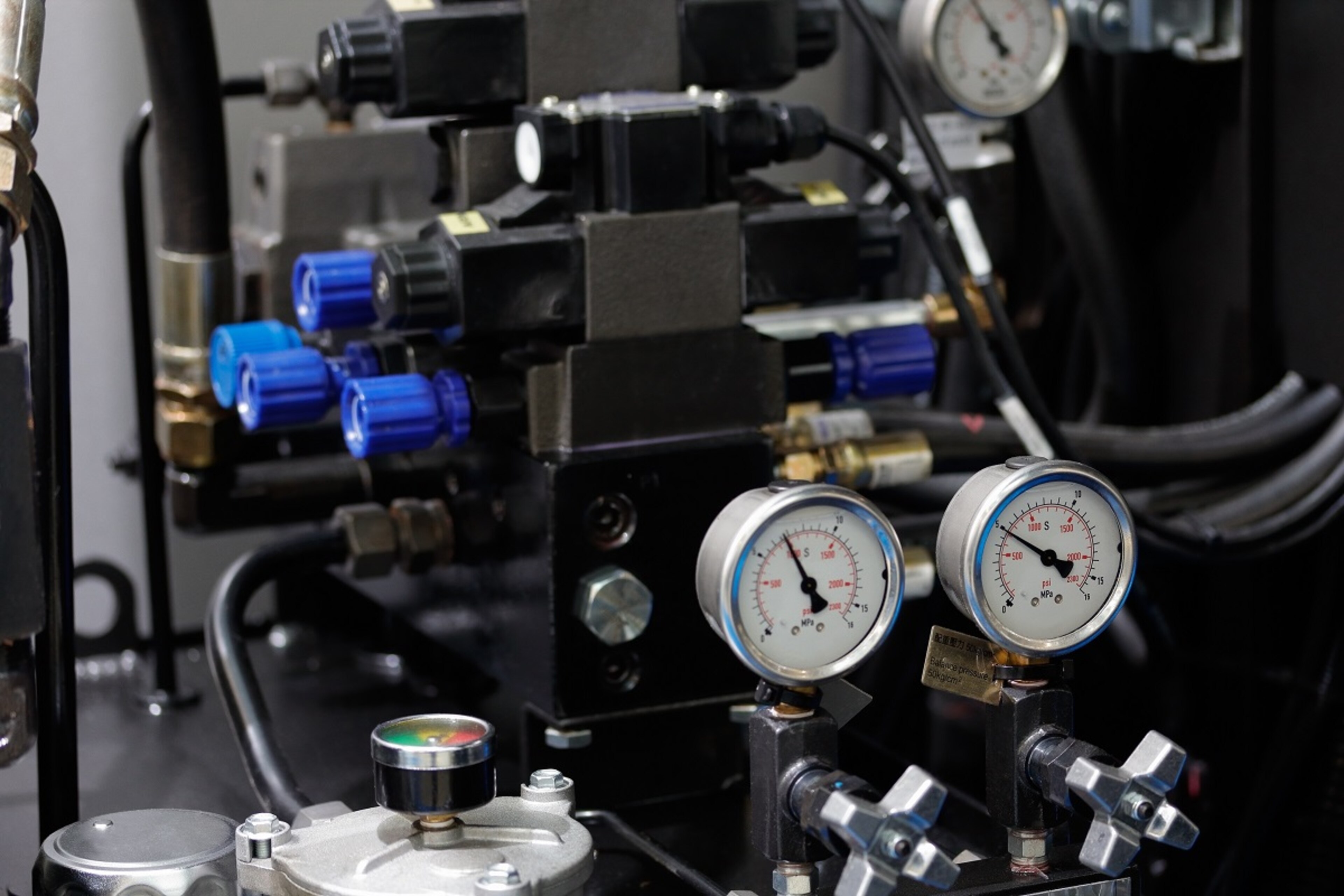
Why are liquids used in hydraulic systems?
The science behind hydraulics is based on the principles of Pascal’s law which state that when there is an increase in pressure at any point in a contained fluid, this change in pressure is transmitted to every part of the fluid – as well as the walls of the container.
When applied to hydraulics, this means that as any change in pressure is applied to any point of the fluid, this is transferred throughout the circuit. The fluid used in a hydraulic system is nearly incompressible which allows it to instantaneously transmit the energy and power to the endpoint, i.e. the cylinder to move different parts.
In summary, the amount of pressure applied to the fluid will equal the force generated and transferred to the cylinder at the other end of the circuit. Therefore, the use of liquid makes it simple to accurately control the power output of the system.
Building a hydraulic system
The hydraulic needs of every system are unique, and designing the perfect system that will meet your exact specifications can be a challenging task. For a hydraulic system to perform efficiently and generate the desired output, it must be sized and calculated correctly.
A standard setup may not be suitable for your application, and that’s where our custom engineered hydraulic systems come in. Here at Primary Fluid Power, we have the in-house capabilities to modify and assemble complete components to match your exact specifications.
With access to 1000’s of individual components, our expert engineers can design and build custom hydraulic systems to your requirements. Not sure what you need? Our technical experts are on hand to provide you with the perfect configuration. Get in touch with us to find out more.

